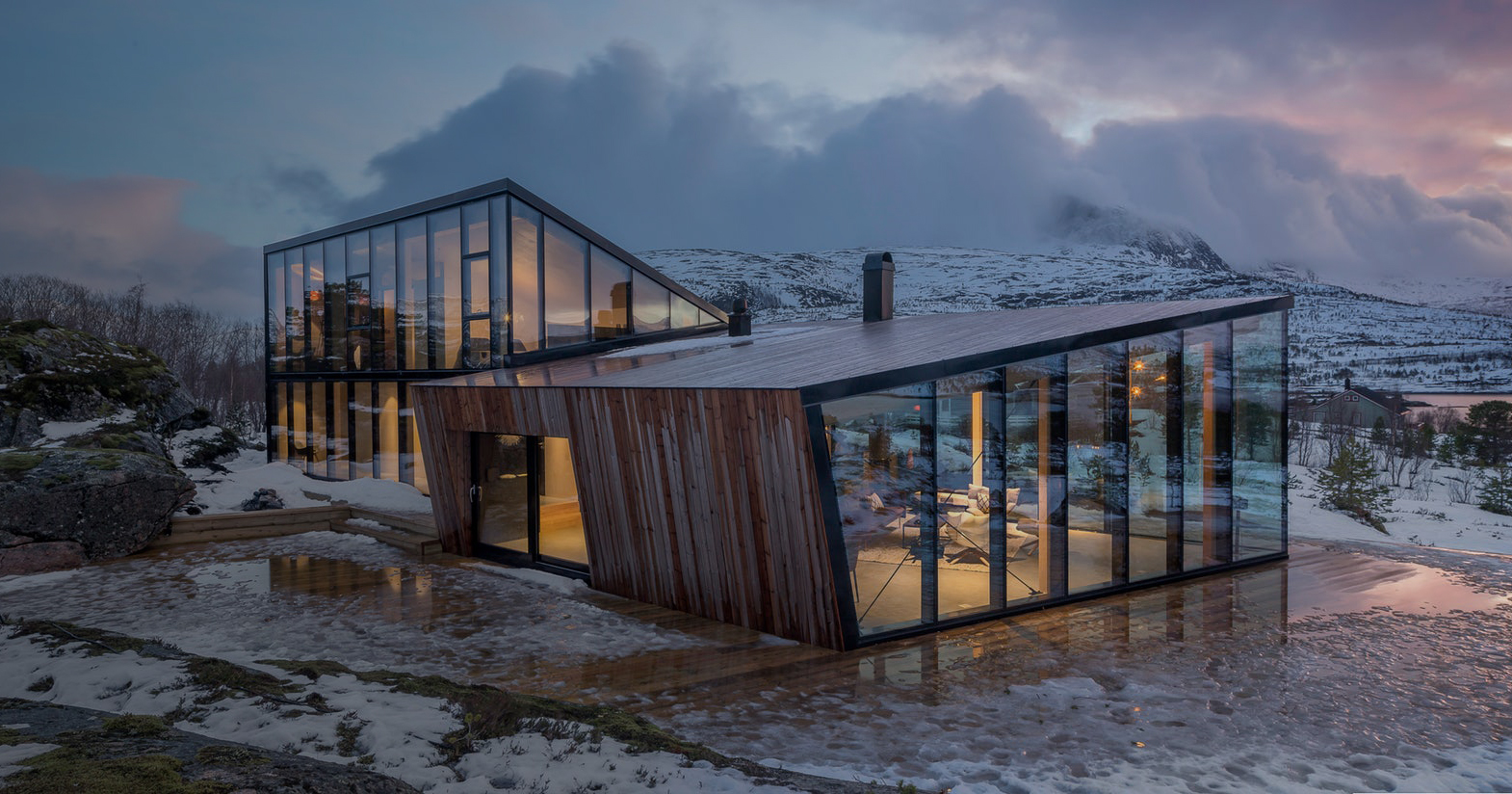Architects: Want to have your project featured? Showcase your work through Architizer and sign up for our inspirational newsletters.
Throughout the late 1950s and early 1960s, 32 central and sub-Saharan African countries gained independence from their colonial powers, sparking a continental shift in the way these countries wanted to newly present themselves to the world. One of the most impressive ways in which they asserted their newfound liberty was by creating monumental pieces of architecture meant to unveil strong national identities.

Hotel Ivoire, Abidjan (Côte d’Ivoire), by Heinz Fenchel and Thomas Leiterdorf, 1962 – 1970; photo by Iwan Baan
In the strikingly illustrated book, African Modernism, German architect Manuel Herz, Dutch photographer Iwan Baan and South African photographer Alexia Webster explore the mid-century modern architecture built in the five countries of Ghana, Senegal, Côte d’Ivoire, Kenya and Zambia. The geometrically striking designs they captured unveil the unique architectural style that swept the continent during this period of transformative growth.

Kenyatta International Conference Centre, Nairobi (Kenya), by Karl Henrick Nostvik, 1967 – 1973; photo by Iwan Baan
In the introduction to the 640-page volume, Herz quotes a passage from British author V.S. Naipaul’s A Bend in the River, a famous novel published in 1979 about an Arab-African man who must find his way through postcolonial Africa. The following words impeccably sum up the era in which this modern architecture was born.

Independence Arch, Accra (Ghana), by the Public Works Department, 1961; photo by Manuel Herz
“We watched and wondered while the building were run up. And then we began to understand that what the president was attempting was so stupendous in his own eyes that even he would not have wanted to proclaim it. He was creating modern African. He was creating a miracle that would astound the rest of the world. He was bypassing real Africa, the difficult Africa of bush and villages, and creating something that would match anything that existed in other countries.”

FIDAK – Foire Internationale de Dakar, Dakar (Senegal), by Jean Francois Lamoureux and Jean-Louis Marin, 1974; photo by Iwan Baan
Structure by structure, these five national governments were physically and economically building up their respective countries. Each time a new construction was complete, another layer of hope and optimism was added to the people who interacted with it every day. However, the irony in this method was that many of these new buildings were designed by foreign architects, many of them European.
This begs the question: What exactly is African modernism if it wasn’t conceived in Africa? Yes, these structures were designed for the African climate, but how did they reflect the values of the people they served?

La Pyramide, Abidjan (Côte d’Ivoire), by Rinaldo Olivieri, 1973; photo by Iwan Baan
Today, some of these buildings still stand, while others have already been demolished. Some have strayed far from their original intent, while others have fallen into states of disrepair. For the book, Herz, Baan and Webster set out to discover the unique ways in which these structures are being used today and how their users remember them in their heyday versus how they feel about them now. What they uncovered was a history lesson through development.

Hotel Independence, Dakar (Senegal), by Henri Chomette and Roland Depret, 1973 – 1978; photo by Iwan Baan
African Modernism allows outsiders an investigative look into these inspiring pieces of architecture and the cities that surround them. It also offers a distinctive foreign perspective for the people who have lived with these buildings their entire lives.

School of Engineering at KNUST (Kwame Nkrumah University of Science and Technology), Kumasi (Ghana), by James Cubitt, 1956; photo by Alexia Webster
Just seven of hundreds of photographs from African Modernism are shown here. More than 700 were displayed at the American Institute of Architecture New York’s Center for Architecture. The exhibition, entitled “Architecture of Independence — African Modernism”, was on view during the spring of 2017.
To pick up a copy of African Modernism, head this way.
Architects: Want to have your project featured? Showcase your work through Architizer and sign up for our inspirational newsletters.
Images courtesy of the Center for Architecture via the Vitra Design Museum Gallery









